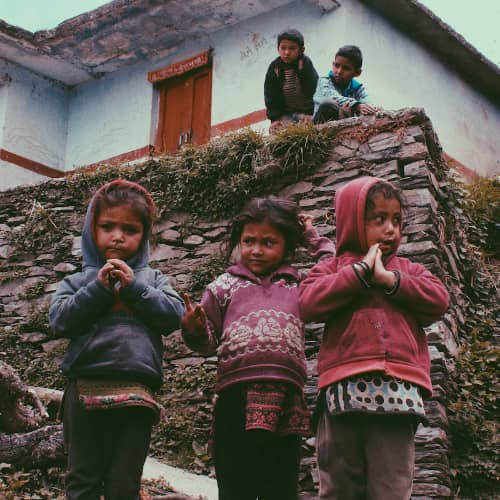GFA World’s Work to End Child Poverty
Poverty is already a terrible reality, but child poverty is especially grievous. Children are more likely to experience poverty than adults and are more vulnerable to its effects. The likelihood of childhood death is twice as high for the world’s poorest children as it is for those from wealthy families. One in seven children live in poverty, even in the wealthiest nations on earth. Regardless matter where they are raised, children who experience poverty have poor living conditions, fewer skills for the workforce, and poorer adult earnings.[1]
Children in poverty struggle with more than just money. For example, they may not have the same opportunities as their peers or they may be forced to work alongside their parents instead of attending school. Poverty also greatly impacts mental health. Kids living in debt are five times more likely to be unhappy than children from better-off families.[2] Other children can, at times, contribute to this unhappiness. More than a quarter of children from the poorest families in the UK said that they had been bullied because their parents could not afford the cost of school supplies or uniforms or something else.[3]
Poverty and a lack of education are mutually-perpetuating.[4]
Poor children are commonly unable to get a solid education because they must work, or they are sick, or their school is underfunded. That means they are not as qualified for higher-paying jobs, trapping them in poverty into adulthood and parenthood for another generation’s turn to circle the nightmare carousel. Education is therefore one of the best ways to help children living in poverty. For every year of primary education that a child receives, their earnings as a worker increase by 10 percent.[5] Knowledge of a skill, even the simple skill of literacy, allows earners to find better-paying jobs with better hours. In Pakistan, a person who is literate earns 23 percent more than someone who is illiterate. Furthermore, highly literate women in Pakistan can earn as much as 95 percent more than women who are either illiterate or have low levels of literacy.[6]
Click here, to read more about this article.
Click here, to read more blogs in Gospel for Asia.Net


Comments
Post a Comment